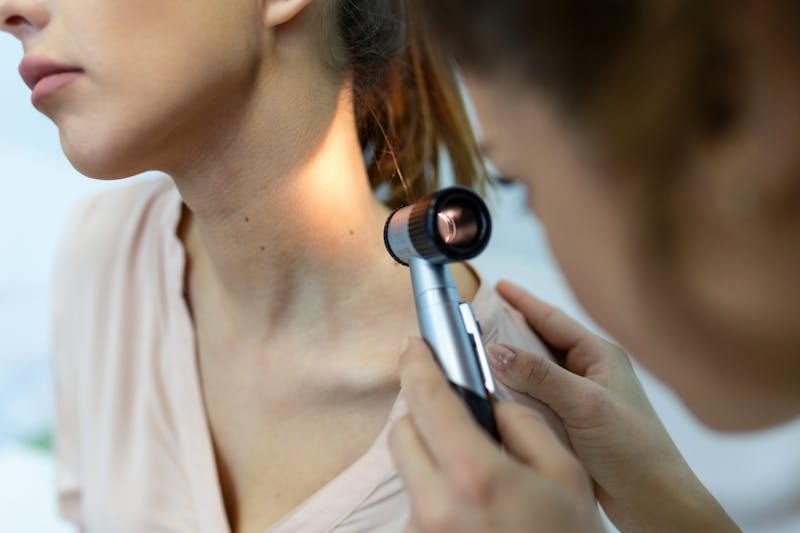
When it comes to skin health, there are few things as concerning as the possibility of melanoma, a type of skin cancer that can be life-threatening if not detected and treated early. We all know that changes in the appearance of moles and other skin irregularities can be warning signs, but what about symptoms like itchiness? Can melanomas be itchy? Certified Dermatology is here to help you explore this question and provide essential insights to help you better understand the signs of melanoma.
Understanding Melanoma
Melanoma is a type of skin cancer that develops when the pigment-producing cells in the skin, called melanocytes, begin to grow uncontrollably. These cells color our skin, hair, and eyes; they can form malignant tumors when they become cancerous. Most melanomas start as new skin growth or changes in an existing mole. Pay attention to any unusual developments on your skin to detect melanoma at its earliest stage.
Can Melanomas Be Itchy?
One common question that arises is whether melanomas can be itchy. The answer is yes, melanomas can sometimes be accompanied by itchiness. This may occur due to various factors associated with melanoma, such as inflammation or irritation caused by the growth of the cancerous cells.
However, it's essential to understand that itchiness alone is not a definitive sign of melanoma. Many non-cancerous skin conditions can also cause itching; itchy skin is just one potential symptom among many others to consider when evaluating your skin health.
Signs of Melanoma
To help you differentiate between harmless itches and potential melanoma, here are some key signs to look for:
- Changes in Mole Appearance: Monitor moles and other skin irregularities. If they change in size, shape, color, or elevation, it's a reason for concern.
- Irregular Borders: Melanomas often have uneven or jagged edges, unlike regular moles with smoother, well-defined borders.
- Asymmetry: If one half of a mole looks different from the other half, it could be a sign of melanoma.
- Multiple Colors: Moles with more than one color or an uneven distribution of color are suspicious.
- Large Diameter: Melanomas are generally larger than typical moles, typically exceeding the size of a pencil eraser (6mm).
- Evolution: A mole that changes over time or behaves differently, such as becoming itchy, should be evaluated by a dermatologist.
Certified Dermatology Is Here to Help
While itchiness can be a symptom associated with melanoma, it's essential to recognize that itchiness alone is not a conclusive indicator of the disease. The key is to be vigilant and to monitor your skin for any changes or unusual symptoms. Prioritize regular skin checks and consultations, which are vital for early detection and effective treatment of melanoma.
Certified Dermatology is here to help you do just that. With locations throughout Pennsylvania and New Jersey, we make safeguarding your skin convenient and accessible. Contact us today to learn more about treating and preventing melanomas from our dermatologists in the NJ area.
